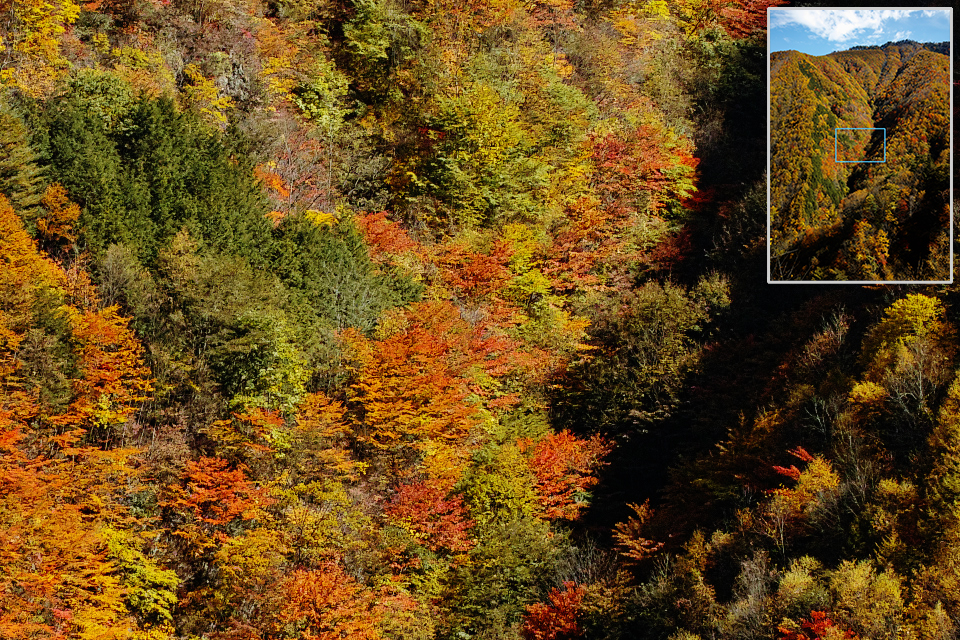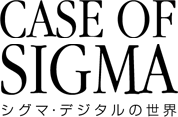
SIGMA dp1 Quattro | SHOOTING REPORT
It was the end of June 2014 when the dp2 Quattro, the first camera with the Foveon X3 direct image sensor "Quattro," made its debut. As we showed, the capability of the dp2 Quattro was astonishing to the point that many people felt even scary. The combination between the Quattro sensor, which is intended to reduce the data volume while increasing the number of pixels, and the image processor "dual TRUE III" realized overwhelming quantity of information and natural color reproduction. Meanwhile, the drastically modified body design attracted attention, although it was the result of the enlarged motherboard and battery to realize the high-end DSLR level image processing capacity. And, 4 months later, the dp1 Quattro with a wide angle lens (angle of view equivalent to 28mm in 35mm format) was launched as planned. The same lens has been highly rated since the first generation DP1, but it has been optimized for the dp1 Quattro. The dp series demands an approach to select a body, instead of a lens, according to the desired focal length. But, is it really worth the bravery? Now, let's examine the power of the new dp1.
( Photography: Z II、48 / Text: 4beats )

Even if it's also due to the half backlight on the water, the dp2 Quattro reproduced the texture of the water so realistically. I can almost feel the pressure and the weight of the water from the splash and the water flowing toward the rock in the front.

It's sort of a "proficiency test" for a digital camera to check how it captures each leaf of these kinds of trees from a distance. Of course, the Foveon sensor fears nothing (am I exaggerating?) and it easily separates each leaf extremely minutely. And, no false colors are observed, which means it's good at capturing scenes that the Bayer Pattern sensors are bad at capturing.

This is a 100% crop of the center of the original image. Even though I stopped down to F5.6, the resolution and image separation are just outstanding! And, this must be credited to the optimized lens performance, too.

The dramatic improvement in the image quality is obvious in a shot like this. The garden has no blown-out highlights, yet it's naturally bright. And, the room is drawn by a rich tonal gradation to the deep shadow. And, the color balance has improved drastically, too.

This is a body designed to luxuriate in the irresistible image quality.
By looking at the first three shots, I was overwhelmed by the massive power of resolution and the rich tonal gradation. These shots directly convey the great detail of the subjects and I even thought they are what we call "realistic images."
Now, I guess many people have touched and tried this camera curiously at stores. Compared to the predecessor, the body has become thinner although the whole body size has become larger. The grip stretched to the back looks unfamiliar, but you'll get used to it in no time.
In fact, I felt the best way to get the very best image quality is to shoot a little under and adjust the parameters when developing. Yes, this is a classical technique for digital photography and this way I can best take advantage the rich tonal gradation. We had already reported that JPG image quality was already wonderful when we tested dp2 Quattro. However, when you start the developing software and open the RAW data following the "Foveon custom," the astonishingly minute and profound images will appear before your eyes. The Quattro series lets you take a whale of time on the RAW data and enjoy the rich tonal gradation just like when we scan each shot on a roll of film.

Although I said we should shoot under, I shot a little over for this one... It can't be helped to get the blown-out highlights around the sun in this situation, but I could get the soft image as I wished. Remember, this one is a JPG image straight from the camera. I think it clearly demonstrates the power of the Quattro sensor.

I shot wide open, but it captured the texture of the shirt faithfully. The background is a little blur, but the bokeh is very soft.

The early Foveon cameras had issues in color reproduction, but new ones don't. If you still miss the good-old shrew-like color reproduction, don't worry. You can always get it from the RAW data.



I chose this wicked angle including the light ray. As expected, impossible means impossible. But, this one matches the image because it adds some taste to the ordinary forest scene.

The sharp focus peak and the smooth increment of bokeh toward are at the level of the SIGMA's "Art line" which boasts the high-end and the most dependable image quality.

The dp1 Quattro. The trinity of sensor, lens, and body.
The depiction has become more natural, yet sharper, deeper, and richer. The user interface on the real LCD screen is sophisticated and stylish. Because the click of the two dials feels great, I could comfortably adjust exposure compensation with the thumb and change aperture with the index finger. The battery life has improved, but for a piece of mind, the extra one is included as usual. So, you can keep shooting all day with confidence.
SIGMA's unique cameras always get people's attention and they continue to have Foveon sensor from the first digital model. And, the sensor keeps evolving and this makes the series so appealing. Even though they used to be called "shrews," the Foveon has always been highly acclaimed and now it has come to maturity and generates fascinating image quality. And, the lens optimized for the sensor has extraordinary resolving power and generates rich bokeh in close distance. The 28mm equivalent angle of view is great for landscapes and traveling, while it's also perfect for snapshooting thanks to the brisk operation since the Merrill.
It's large as a "compact camera," but it's notably a small package as a "high-end digital camera" with a fixed lens. And, actually, you do get the image quality rivals the digital medium format. Going back to the first question. Is it worth the brave approach to choose this body for the 28mm lens? My answer is a solid yes. All you need is give yourself time to thoroughly enjoy the dp1 Quattro.
( 2014.11.5 )
